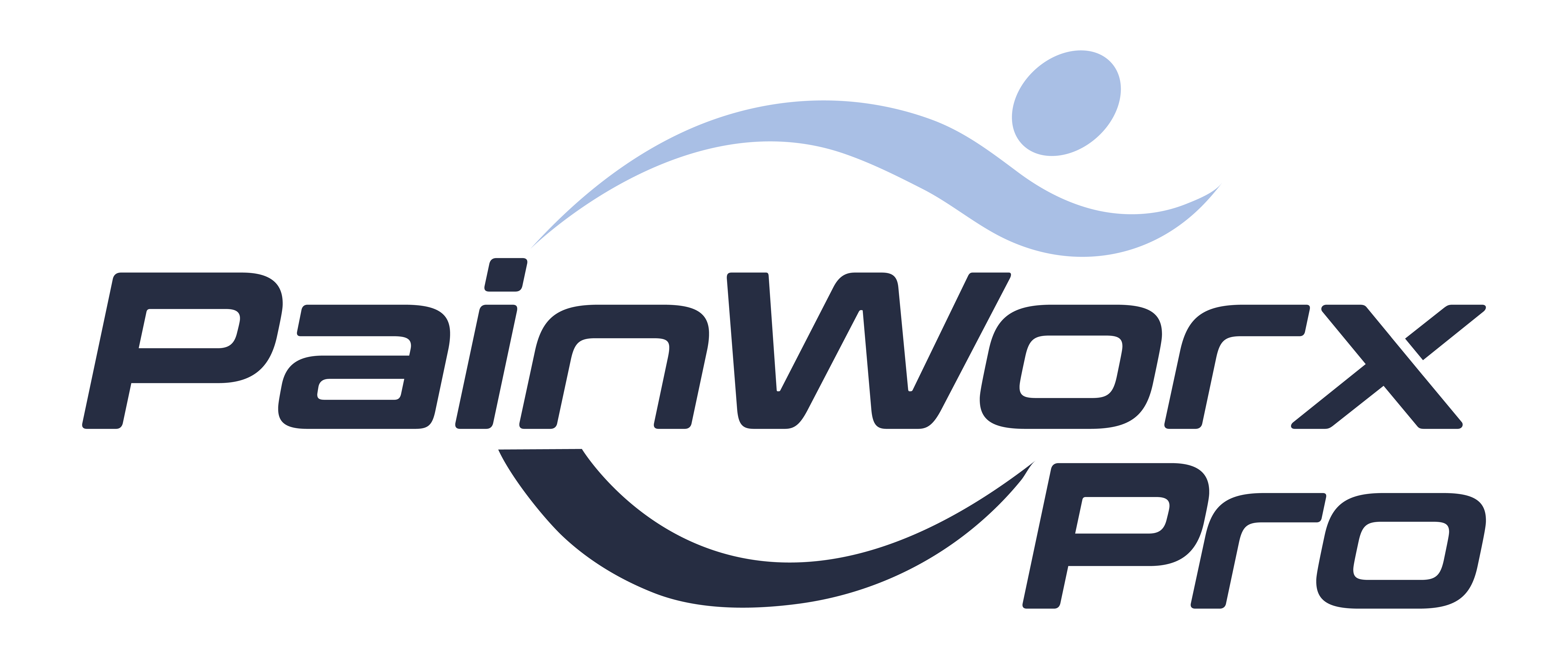Case Reports
The reports listed in this section has shown such dramatic impact that practitioners using the Stimpod NMS460 felt compelled to share the results with us.
Unrecovered Bell’s Palsy of 2 Years Duration
A Case Report on a Patient With Unrecovered
Bell’s Palsy of 2 Years Duration Treated With Non-
Interventional Pulsed Radio Frequency Electrical
Current
By Prof. Phyllis Berger
Abstract
Patents with unrecovered Bell’s palsy or a mono facial paresis from other conditions that affect the facial nerve as in Ramsey Hunt disorder, iatrogenicity or disease, often find that their condition causes long term paresis in the facial muscles with functional, psychological and social impacts upon their lives. Previous treatments to the local inflammation occurring in the facial nerve as it exits the stylomastoid foramen with ultrasound, non-stimulating electrical currents and electrical functional muscle stimulation of the compromised facial muscles, often do not restore full function to the affected side of the face.
A non-interventional pulsed radio frequency (NI-PRF) electrical current has been observed to stimulate the facial nerve with fasciculations occurring in the main branch of the VII th nerve and its concomitant branches to the upper, middle and lower areas of the face resulting in improved motor function. This commences immediately within the first treatment in acute Bell’s Palsy and only 4-6 treatments are required to assist most patients. Prolonged conditions that were previously thought unrecoverable (after years) have restored motor control and this usually occurs between 1 – 3 months of treatment. Treatment requisite does not have to be continuous and can be given twice weekly or even once weekly over the period mentioned above. Even if treatment is interrupted the condition continues to improve. This would have both an economic and efficient time saving impact on these patients.
The main case history of an unrecovered Bell’s palsy of 2 years duration is discussed in this report and demonstrates marked improvement after only six treatments. Electroacupuncture is often included in the above treatments as an adjunct to increase circulation and improve muscle activity.
Pediatric thoracic nerve paralysis
Electrical current and acupuncture treatment for a paediatric patient with recurring long thoracic nerve paralysis
By Prof. Phyllis Berger
Abstract
A female paediatric patient aged 9 years presented with right long thoracic nerve palsy for the second time. The first injury that occurred in 2011 was due to a fall and although the patient had a paralysis of the serratus anterior muscle and was unable to elevate the arm, with rehabilitation and conventional physiotherapy, she recovered completely according to the nerve conduction test that was conducted six months post-recovery.
The second injury to the long thoracic nerve was due to a ballet movement that occurred in 2012. Besides the nerve palsy that reoccurred, there was also a complication of severe pain and evidence of a complex regional pain syndrome (CRPS). The second injury was limited by the inability to participate in rehabilitation exercises and physiotherapy due to pain and hyperaesthesia in the distribution of C5 and C6 dermatome both in the trapezius and shoulder region. The third nerve conduction test deteriorated to those recorded after the first nerve conduction test.
A different physiotherapy approach was then applied – initially to reduce pain and decrease hyperaesthesia and then to attempt to increase nerve conduction by the inclusion of an electrical device that simultaneously delivers both a low and a high-frequency current. This treatment was combined with various pain resolving tactics including acupuncture, individual sub-liminal, low and high-frequency electrical currents. Several interventions were applied to tailor the treatment to the patient to achieve maximal improvement in pain and mobility. It is therefore difficult to attribute improvement to one particular modality or even natural resolution of the condition however previous clinical application and experience of activating nerve conduction with the combination current in other conditions implied that improvement could be expected. This particular electrical current is a combination of a low frequency and a magnetic field.
The condition resolved completely with full movement and no pain after 13 treatments over two months – it was evident that the combination of treatment had an effect on expediting the healing in the nerve. The patient was able to resume all her normal activities including gymnastics and ballet.
Post-operative pain and mobility improvement after elbow surgery
Report on a case series investigating a neurostimulation device for the treatment of pain and improvement of mobility and function following elbow surgery
Prof. Phyllis Berger & Jaye Jacks
Abstract
A group of seven patients received neurostimulation (Stimpod) post-tennis or golfer’s elbow surgery as their sole treatment to relieve acute post-operative pain, improve mobility and function. Patients undergoing the above-mentioned surgery have had chronic pain with and without neuropathic symptoms for a prolonged period. There is usually severe injury with active inflammatory processes due to the surgery. It was thought that treating these patients aggressively early post-operatively may expedite pain relief and the healing process.
Method
After their surgery, seven patients were given neurostimulation for three treatments of 20 min each on the brachial plexus during the 10 days before the splint was removed. This was followed by 6 treatments, twice weekly of 20 min each after the splint was removed. At each of these treatments 5-min stimulation were administered to four areas: the nerve supply (1) superior and (2) inferior to the elbow and (3 and 4) on either end of the wound. Patients were evaluated for pain with the visual analogue scale, movements of flexion and extension measured with a goniometer, strength and flexibility with a 12-movement activity scale, status of the wound and satisfaction with treatment, mobility and function. These measures were re-evaluated telephonically at one, three and six months after the last treatment.
Results
Significant pain relief was achieved by all of the seven patients before the splint was removed at the 4th treatment. Pain relief, range of movement and function was greatly improved at the final (9th) treatment by six of the seven patients and this was maintained with nearly full improvement of the above parameters for most of the participants at one month after the last treatment. Two patients had to have re-operation due to requiring more extensive surgery in the one patient and falling and injuring the original surgical site in the other patient. At three and six months after the last treatment full improvement in all the parameters above was maintained in the remaining five patients who also had excellent wound healing and satisfaction with their treatment, mobility and function.
Conclusion
It appears that the neurostimulation (Stimpod) has the capacity to improve acute post-surgical pain and reduce pain, improve mobility, function and stimulate wound healing once the splint was removed. This treatment is relatively cost effective, is non-invasive and of short duration. Positive effects were all maintained at 6 months.
Rapid motor recovery of foot drop
Feasibility of a promising pulsed electrostimulator for rapid motor recovery of foot drop
Yu-Cheng Changa, Yuan-Ping Chao, Shin-Tsu Chang
Abstract
Foot drop still occurs in clinical practice, including in our case. Treatments for foot drop vary based on its etiology and severity of symptoms. Hence, in intractable foot drop cases, an invasive surgical intervention is needed. Here, we introduce a special noninvasive technique to treat our patient’s foot drop. In this approach, we applied STIMPOD NMS460 neuromuscular stimulator device (STIMPOD NMS460), which is a low-frequency (10 Hz or less) transcutaneous electrical nerve stimulation (TENS) device with a pulsed radiofrequency (PRF) component. We are eager to know how effective the device is in treating foot drop, and we compared it with two kinds of surgical interventions.
Materials and Method
The device settings are 5 Hz in frequency and 30mA in current amplitude. The device was applied on her left side at the L4 and L5 regions and at the fibular head. Each therapy session consists of individual 15-min treatments on these two body areas, and it only takes a total of 30 minutes. We recorded the change in ankle dorsiflexion degrees and muscle strength of our patient.
Results and Conclusion
To our surprise, our patient’s actual treatment status through STIMPOD NMS460 showed more effective recovery and no specific side effects than surgical interventions in similar conditions. Besides, after a three-month intervention, her affected ankle dorsiflexion recovered to almost her usual status. The reason why this device has such an effect may be that it has the benefits of TENS and PRF. Besides, some studies have revealed the nerve-repair effect of TENS and PRF. In conclusion, we believe that this device is fairly promising and may be qualified to be used in other patients with foot drop.
Citation and links:
Chang YC, Chao YP, Chang ST. Feasibility of a promising pulsed electrostimulator for rapid motor recovery of foot drop. Heliyon. 2024 Feb 1;10(3):e25176. doi: 10.1016/j.heliyon.2024.e25176. PMID: 38327404; PMCID: PMC10847864.
Pubmed Central: Feasibility of a promising pulsed electrostimulator for rapid motor recovery of foot drop
Heliyon: Feasibility of a promising pulsed electrostimulator for rapid motor recovery of foot drop

